It seems like an easy question to ask how many ounces are in a cup of coffee? However, the number of ounces in each cup of coffee will vary on several things, such as how you like your coffee, the size of the cup you are using, and how many cups you are making. Ounces and cups are clear numbers that are easy to understand. They shouldn’t change no matter what you’re measuring. Most of the time, though, when making coffee, you use a different meaning of “cup” to mean a cup of coffee.
A regular cup holds 8 ounces, but a cup of coffee only holds 4 ounces. To make things even more confusing, when you brew coffee, it uses a little more water by volume than the amount of coffee you will get. For example, if you want to make a 4-ounce cup of coffee, you will need to add an extra ounce of water. While it may seem hard to understand at first, the good news is that it’s not hard to figure out after that. Read on to find out more about how many ounces are in a cup of coffee, the history of coffee cups, and other interesting facts about coffee cups.
How Many Ounces in a Cup of Coffee?
In the United States, most people use an 8-ounce cup for baking and cooking… In formal terms, this is a “customary cup,” and it holds eight ounces of whatever you’re using it for. For labelling reasons, one cup is equal to 240ml, which is a bit more than the exact number of 236.6ml. In other words, if you pour something from a bottle that says it holds one cup into a measuring cup, it will fill up to just below the cup line.
What you really need to know, though, is that a measuring cup will give you the right amount of fluid ounces and cups. If a bottle seems to have less liquid than you thought it would, it’s probably because it was marked in legal cups or nutritional fluid ounces, which can be confusing.
Also, it’s important to remember that other countries have different rules. Such as, in Canada, Australia, and New Zealand, “one cup” means a metric cup, which is equal to 250ml of liquid. It’s not likely that you’ll see metric cups in the US, but it’s good to know in case.
Cups of Coffee
There are more kinds of cups than we thought. Coffee cups are another surprise. Most people agree that 4 ounces, or half of a regular cup, is the right amount of made coffee. But when you make coffee, you need about 5 ounces of water for every 4 ounces of coffee you want. When you make coffee, the grounds take in some water, so there is less coffee by volume than water.
A lot of automatic drip coffee makers have two sets of lines on the carafe. One set of lines measures water and the other set measures coffee that has been made. Take a 12-cup coffee maker as an example. Most of the time, the bottle will be marked with numbers 4, 6, 8, 10, and 12 which means 20, 30, 40, 50, and 60 ounces of water. You should remember that 20 ounces of water will make about 16 ounces of coffee.
To make sure everything is crystal clear, let’s look at a real-life case. Say you want to get two 8-ounce coffee mugs. It takes 20 ounces of water to make 16 ounces of coffee, so fill your carafe to the fourth line.
The History Behind it All
Like most people, you may think that all of this is too hard to understand when all you want to know is how many ounces are in a coffee. It all started with a coffee machine made by the well-known coffee brand Mr. Coffee in the early 1970s. It came with a carafe that was marked in four- and five-ounce increments to make it easy to compare the amount of water used for pre-brewing with the amount of water used for brewing. There were a lot of copies of the model because it worked so well, but this standard but confusing way of weighing a cup of coffee stuck around.
Getting the Ratio Right
Maybe you’re not sure why it’s important to know how many ounces of coffee are in a cup. In order to get the right amount of coffee to water, this element is very important. Figuring out what a “cup” really means is important when making coffee so that you don’t mess up your brew by adding too much water or not enough coffee grounds. How good or bad your coffee tastes depends on the ratio of the amount of coffee to water you use, not just the amount of coffee or water you use.
There are a few different ways to measure your coffee, which is good news. You can use a scale instead of your measuring cup to get a more accurate ratio. A good amount of coffee to water is 1.5 to 2 grams of whole-bean coffee for every 28 grams of water. This will keep you from having to worry about cups. If you want to make 16oz of coffee, which is about two 8oz cups, you will need between 26 and 32g of coffee. It depends on how strong you like your coffee. If you are using whole beans, it can be hard to measure them correctly with a measuring cup because they won’t sit properly. A scale will help you get the coffee right.
How Many Ounces Are in a Cup?
Whether you use the standard or metric method will determine how many ounces are in a standard coffee cup. One cup is equal to eight fluid ounces if you use the standard method. When it comes to coffee, though, many people find it easier to use the metric method. Twenty-eight milliliters, or ounces, make up one fluid ounce.
What is the best amount of water to coffee?
Knowing how much coffee is in an ounce is important for getting the ratio right, whether you’re making a single 8-ounce cup or a big amount. A good rule of thumb is to use 1.5 to 2 grams of coffee for every 26 grams of water. However, you can change this if you’d like your coffee to be stronger or lower. As long as your coffee-making method gives you more control over how much coffee and water you add, there’s no harm in trying out different amounts until you find one that you like.
Why is it hard to measure coffee beans with a cup?
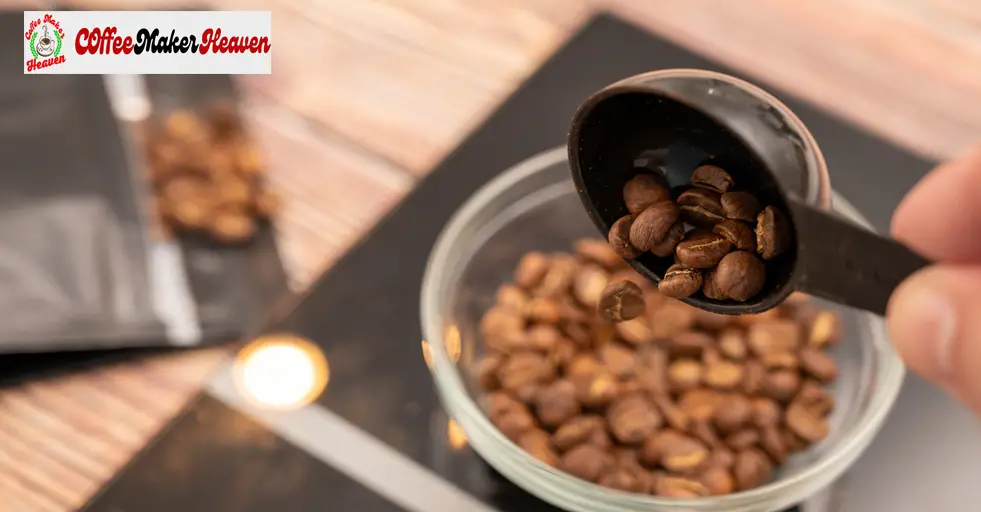
It’s always better to measure coffee beans by weight than by volume. A cooking scale is a cheap tool that will help you get a better ratio of coffee to water. This will help you make better coffee no matter what brewing method you choose. While it might be faster to use a measuring cup to measure your coffee beans, the coffee will probably not taste as good and will be inconsistent. This is because there will be empty spots in the cup when you measure. Because coffee beans come in many shapes and sizes, they won’t all measure the same. When you pour coffee beans into a measuring cup, you will get a little less than a cup of whole coffee beans. This means that you will use less coffee, which can throw off the ratio. A measuring cup might make it easier to get an accurate reading of the coffee grounds, but a kitchen scale will still give you a more accurate reading. A kitchen scale also makes it easy to make sure that you always use the same method to make coffee, so the coffee always tastes great.
Standard Coffee Sizes
For ease of use, most coffee shops and coffee makers with a range of brew sizes will also have a common size. Most coffee drinks at Starbucks, like filter coffee, Americano, latte, cappuccino, and mocha, come in three sizes: tall, large, and venti. Because espresso shots are so much smaller than cups of coffee, they are often called shots instead of cups.
If you ask for a regular-sized coffee, you can usually count on getting an 8-ounce cup. A “travel mug” size on most coffee makers that offer different brew sizes usually means a 16-ounce cup of coffee. If you want a different size of coffee than the usual amount, you can use a method of brewing coffee by hand, such as pour-over coffee, which lets you decide exactly how much to make.
It can be hard to figure out the difference between coffee cups, normal cups, and size conversions. A normal cup of coffee is 8 ounces, but on some coffee machines, this might be 4 ounces. More than anything else, knowing the size of your coffee cup is important for getting the amount right.
Conclusion
The answer to what seems like an easy question is surprisingly complicated and annoying. There are three different ways to use the word “cups.” Kitchen measure cups, store packaging, and coffee cups all use the word “cups” in different ways.
We hope that this short piece has helped clear up some questions about cups and what people mean when they talk about coffee cups. Take our advice and just follow the directions on your coffee maker. Don’t worry about changing the cups from coffee cups to legal cups or usual cups. More often than not, following the lines on your jug will give you the best results.
Read More: How much caffeine does green tea have


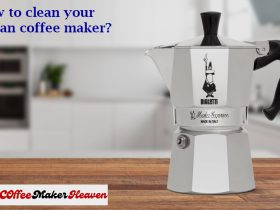
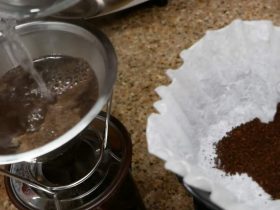
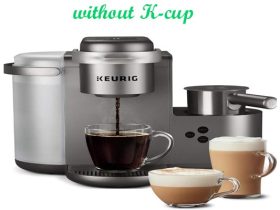
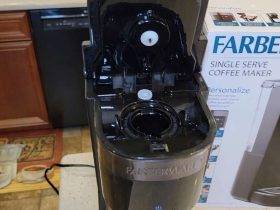

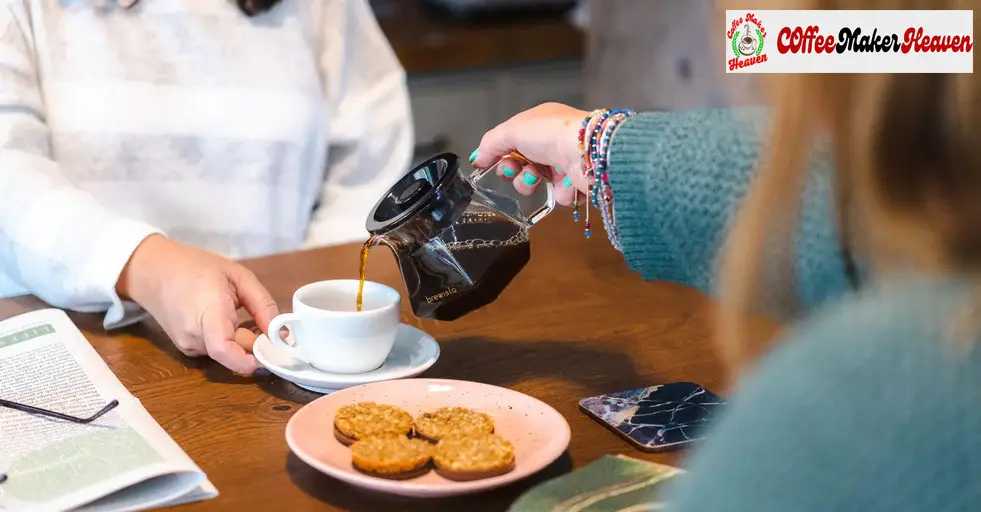

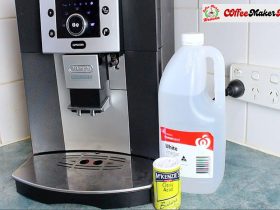

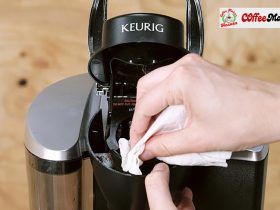
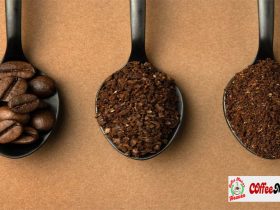

Leave a Reply